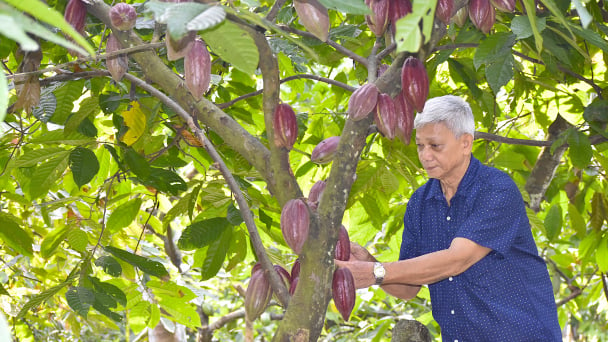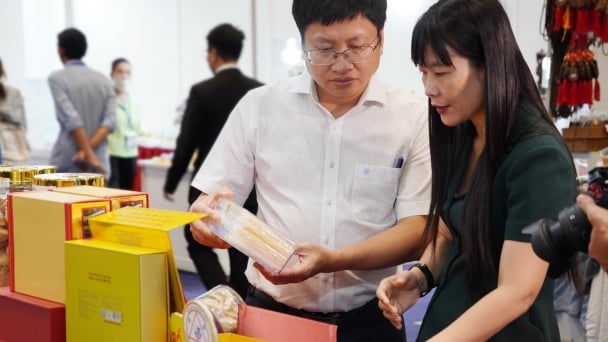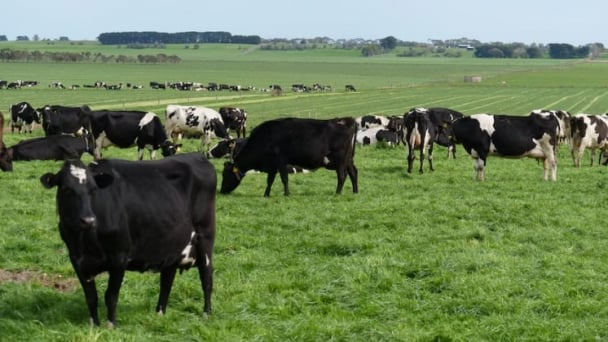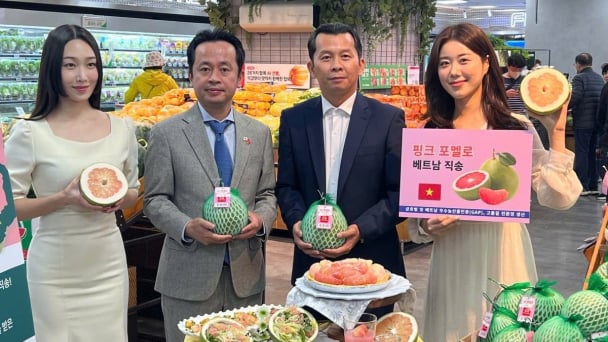April 15, 2025 | 13:07 GMT +7
April 15, 2025 | 13:07 GMT +7
Hotline: 0913.378.918
April 15, 2025 | 13:07 GMT +7
Hotline: 0913.378.918

More than 8.5 million tons of wood chips were exported in the first 7 months of the year. Photo: TL.
Vietnam exported 8.5 million tons of wood chips in January-July, earning the wood sector USD 1.08 billion, an increase of 22.9 percent in volume and 17.1 percent in value year on year.
In July, both the volume and value of exports decreased inter monthly, with the former falling 17 percent to 1.03 million tons and the latter dropping 15.3 percent to USD 135 million.
China, Japan, and South Korea were Vietnam's three biggest importers of wood chips. In the first seven months of the year, wood chips shipped to these three destinations accounted for 98 percent of total wood chip exports.
China is the largest market, accounting for 67percent of total sales, followed by Japan and South Korea, which account for 28percent and 3 percent, respectively.
China bought 5.73 million tons of wood chips from Vietnam in the first seven months of the year, totaling USD 743 million, an increase of 21percent over the same time last year. However, export volume and value both fell in July 2021 compared to the previous month, with volume reaching 595 thousand tons, down 31.7 percent, and value reaching USD 80 million, down 29.2 percent.
For the Japanese market, 2.34 million tons of wood chips were imported from Vietnam in the first seven months of 2021, totaling USD 283 million, an increase of 36.9 percent in volume and 27.5 percent in value over the same period in 2020. In July 2021, the number of woodchips shipped to Japan was 376 thousand tons, valued at USD 45.97 million, rising by 2.29 percent in volume and 25.1 percent in value.
In terms of the South Korean market, 271 thousand tons of wood chips from Vietnam were imported in the first seven months of 2021, totaling USD 36 million, an increase of 18.57 percent in volume and 13.3 percent in value over the same time last year. Exports to South Korea fell by 23.9 percent in volume and 15.5 percent in value in July 2021, reaching just 40.04 thousand tons, or USD 6.20 million.
Translated by Linh Linh

(VAN) The Philippines is making efforts to diversify its rice import sources in order to reduce its dependence on Vietnamese rice. However, Vietnamese rice has managed to maintain its strong position in this market.

(VAN) In the Mekong Delta, cocoa has provided stable economic returns for many years. Recently, a surge in cocoa prices has created a strong incentive for farmers to expand their cultivation areas.

(VAN) Product quality, branding strategy, and technology innovation are key factors for Vietnamese bird’s nest to establish its foothold on the global map.

(VAN) KOCHAM Deputy President expects that Vietnam would accelerate innovation and development of bird’s nest-based products as a representation of Vietnamese culture.

(VAN) Imported dairy products are weakening the local industry, according to dairy farmers and processors.

(VAN) April 10 marked a significant milestone for Vietnam's agricultural exports as Vietnamese pomelos officially became available at the Lotte Mart supermarket chain in South Korea.

(VAN) Vietnam is focusing on developing the legal framework and technical infrastructure for the carbon market, with committed support from global financial institutions.